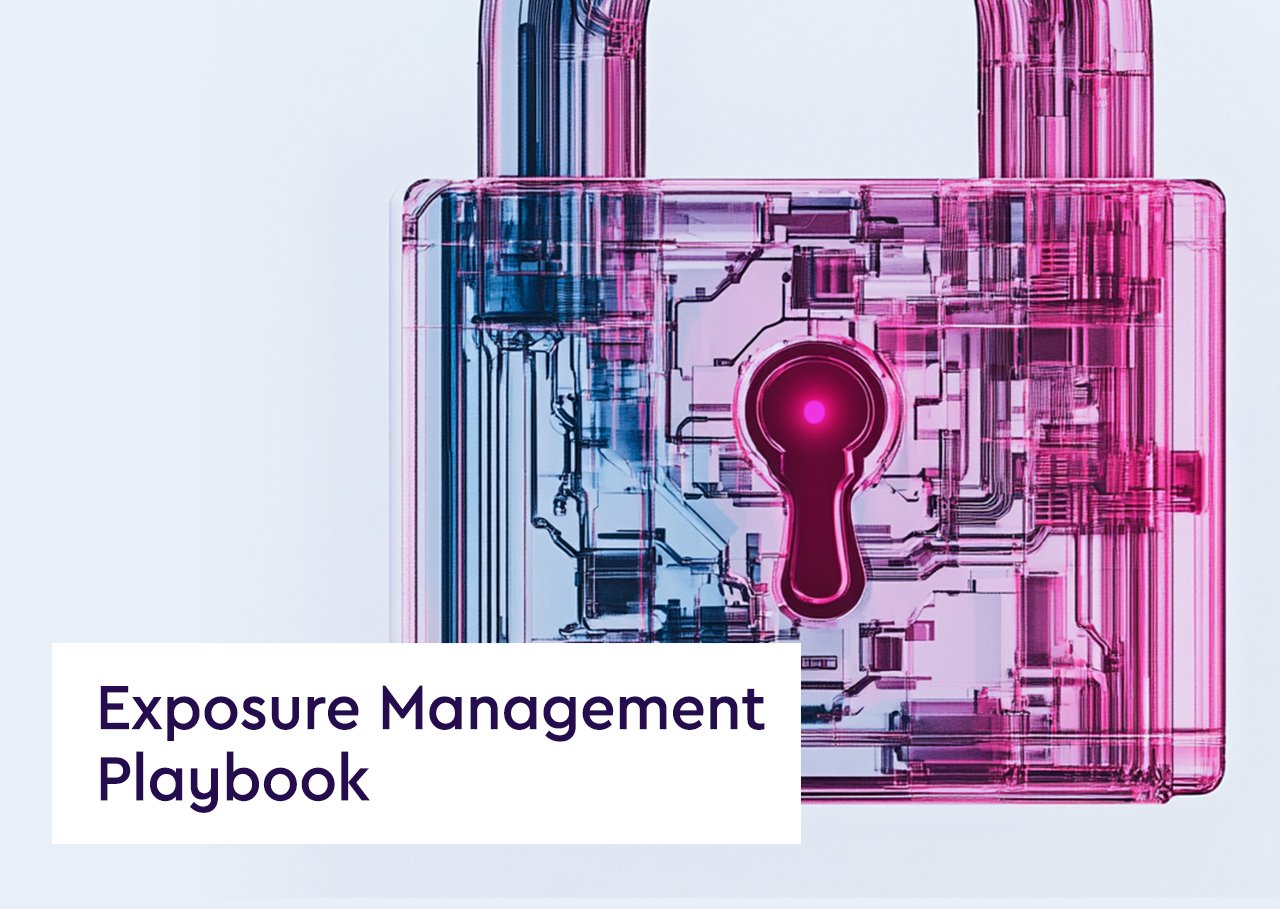Definition: Security Hardening refers to the process of enhancing security in a computing system by reducing its vulnerability to cyber attacks. This involves strengthening the system’s defenses by implementing measures to eliminate as many security risks as possible. The process typically includes configuring system and network components securely, updating and patching software, and removing unnecessary services and functions. Security hardening is a proactive effort to protect systems against known and potential vulnerabilities.
Key Elements of Security Hardening:
- System Configuration: Adjusting system settings to minimize vulnerabilities, such as disabling unnecessary ports and services.
- Software Updates and Patch Management: Regularly updating operating systems and applications with the latest patches to fix known vulnerabilities.
- Access Control Measures: Strengthening access controls, including the use of strong passwords, multi-factor authentication, and user privilege restrictions.
- Network Security Enhancements: Implementing network security measures like firewalls, intrusion detection systems, and network segmentation.
- Regular Security Audits: Conducting security audits to identify and address potential vulnerabilities.
Importance of Security Hardening:
- Reduced Attack Surface: Minimizes the opportunities for unauthorized access and exploitation.
- Enhanced System Stability and Reliability: Improves overall system performance by removing unnecessary services.
- Compliance with Regulations: Helps in meeting various cybersecurity regulatory standards and requirements.
- Protection of Sensitive Data: Ensures the integrity and confidentiality of valuable and sensitive information.
Challenges in Security Hardening:
- Identifying All Vulnerabilities: The complexity of modern systems can make it challenging to identify all potential vulnerabilities.
- Balancing Security with Usability: Ensuring that security measures do not overly restrict legitimate system use.
- Staying Informed on Emerging Threats: Continuously updating knowledge on new vulnerabilities and threats.
Best Practices for Security Hardening:
- Baseline Configuration: Establishing and maintaining a secure baseline configuration for systems.
- Continuous Monitoring and Updating: Regularly monitoring for new vulnerabilities and promptly applying necessary updates.
- Employee Training and Awareness: Educating staff on security best practices and the importance of adhering to security policies.
- Use of Security Tools: Utilizing specialized tools to assist in vulnerability scanning and system hardening.
Security Hardening is a vital component of a robust cybersecurity strategy. It involves a comprehensive approach to securing systems and networks by reducing vulnerabilities and enhancing defenses. Effective security hardening requires continuous effort, vigilance, and a commitment to maintaining high security standards across all computing systems and networks.




